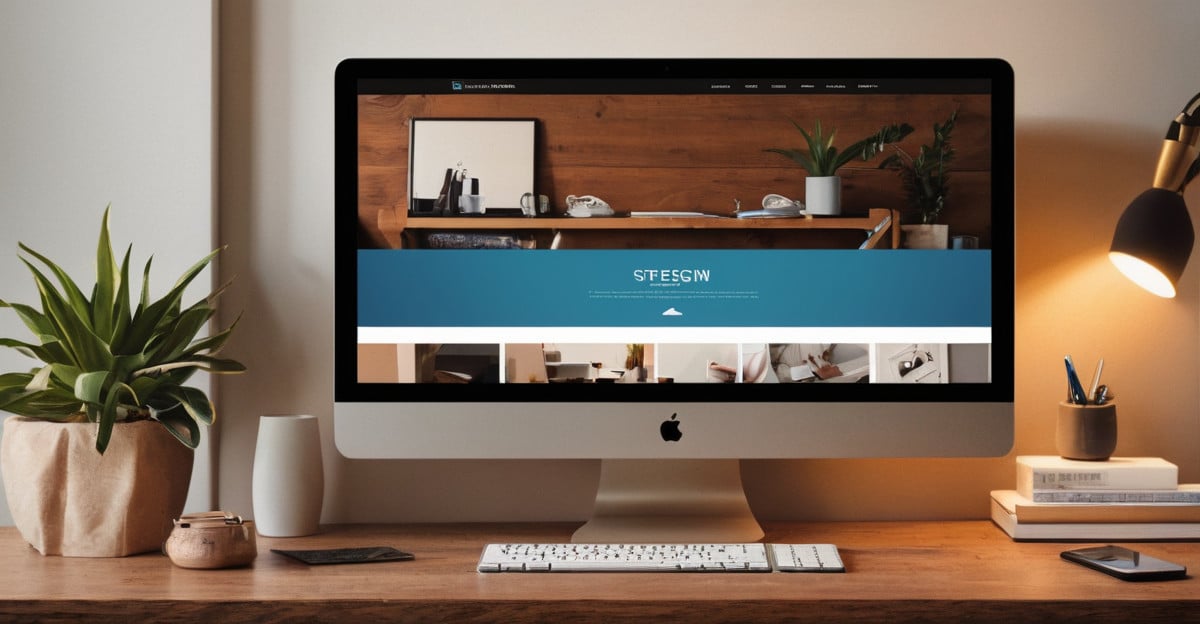
Introduction: The Importance of a Freelance Portfolio Website in 2024
Having a beautiful freelancing portfolio website is more crucial than ever in 2024. Since the freelance industry is getting more and more competitive, potential clients frequently form an opinion of you based mostly on your portfolio. A well-designed website displays your professionalism and dedication to quality in addition to showcasing your abilities and prior work. We’ll lead you through the process of building a freelancing portfolio website that stands out and draws clients in this in-depth guide.
Key Takeaways
- Understand the importance of a freelance portfolio website
- Learn how to choose the right platform
- Discover tips for creating an engaging homepage
- Master the art of showcasing your work
- Learn how to write compelling case studies
- Find out how to optimize your website for SEO
- Create a blog to enhance your portfolio
- Understand the importance of client testimonials
- Learn how to integrate social media
- Discover the best practices for maintaining your website
Choosing the Right Platform for Your Freelance Portfolio Website
Selecting the appropriate platform is the first step towards building a freelance portfolio website. There are numerous choices, such as Squarespace, Wix, and WordPress. Every platform offers a unique set of features, benefits, and drawbacks. For example, WordPress demands a little more technical know-how but offers an unmatched range of customization possibilities and plugins. However, while Wix and Squarespace are easy to use drag-and-drop builders that make setup rapid, they might not provide as much customization as WordPress. When selecting a platform, take your budget, needs, and technical proficiency into account.
Designing an Engaging Homepage
The front page of your website serves as the public face of your freelance portfolio. It should give a clear summary of who you are and what you do, be aesthetically pleasing, and be simple to navigate. Make use of crisp layouts, well-chosen photos, and a color palette that is representative of your own style. Add a headshot, a synopsis, and a call-to-action (CTA) encouraging visitors to delve deeper into your work. Recall that first impressions count, so make sure your site exudes professionalism and refinement.
Showcasing Your Best Work
Showcasing your work is one of the key goals of a freelance portfolio website. Pick the tasks that best demonstrate your abilities and knowledge. Make use of crisp photos, thorough descriptions, and emphasis on the accomplished outcomes. Make it easier for people to locate what they’re looking for by categorizing your work. To keep your portfolio current and interesting, don’t forget to add new work on a regular basis.

Writing Compelling Case Studies
Case studies are a useful tool for showcasing your ability to solve problems and the value you provide to your clients. An effective case study should provide a summary of the project, discuss the difficulties encountered, offer solutions, and detail the outcomes attained. To increase credibility, use actual facts and customer reviews. Through case studies, you may demonstrate your expertise and gain the trust of prospective clients by showcasing the observable outcomes of your work.
Optimizing Your Freelance Portfolio Website for SEO
Increasing the exposure of your freelance portfolio website requires SEO (Search Engine Optimization). Make sure all of the material on your website, including the titles and headings, contain pertinent keywords. Make sure your website runs quickly and is optimized for mobile devices, as these elements have an impact on search engine rankings. To improve your SEO, present valuable content to your audience and incorporate both internal and external links. Remember to optimize your photographs by giving them meaningful file names and alt text.
Creating a Blog to Enhance Your Portfolio
Your freelance portfolio website will benefit from having a blog as it will allow you to provide insightful content, highlight your experience, and boost SEO. Write on subjects related to your field, offer advice and guides, and give updates on your most recent endeavors. In addition to fostering a stronger connection with your readers, blogging can help you become recognized as an authority in your industry. To increase traffic to your website, stick to a regular posting schedule and share your blog entries on social media.
The Importance of Client Testimonials
Testimonials from clients provide your freelance portfolio website more legitimacy and confidence. Make contact with your former customers and request a testimonial regarding their cooperation with you. Put these reviews in a prominent place on your website, ideally on the homepage or a page just for them. The decision of prospective clients to choose you might be greatly influenced by positive testimonials from contented customers.
Integrating Social Media with Your Portfolio
Integrating social media can increase your freelancing portfolio website’s reach and visibility. To make it simple for visitors to share your work on their networks, including social media buttons on your website. Provide links to your social media accounts so that prospective customers can reach you there. To keep your audience interested and increase traffic to your portfolio, regularly post updates on your most recent projects, blog entries, and industry insights on your social media profiles.

Maintaining and Updating Your Freelance Portfolio Website
It’s critical to update and manage your freelance portfolio website once it is live. Make sure all of the links and images are functioning properly, add new projects on a regular basis, and update your bio and skills. Using analytics software, evaluate your website’s performance on a regular basis and make the required changes to enhance SEO and user experience. Maintaining an up-to-date and pertinent website will help you draw in more visitors and beat out the competition.
Conclusion: Elevate Your Freelance Career with a Stunning Portfolio Website
One of the best ways to advance your freelance job in 2024 is to build a beautiful website for your freelancing portfolio. You can build a portfolio that not only draws in clients but also makes you stand out from the competition by selecting the best platform, creating an interesting homepage, showcasing your best work, writing compelling case studies, optimizing for search engines, starting a blog, obtaining client testimonials, integrating social media, and keeping up with site maintenance. Your freelancing business will take off if you begin developing your portfolio right now.






